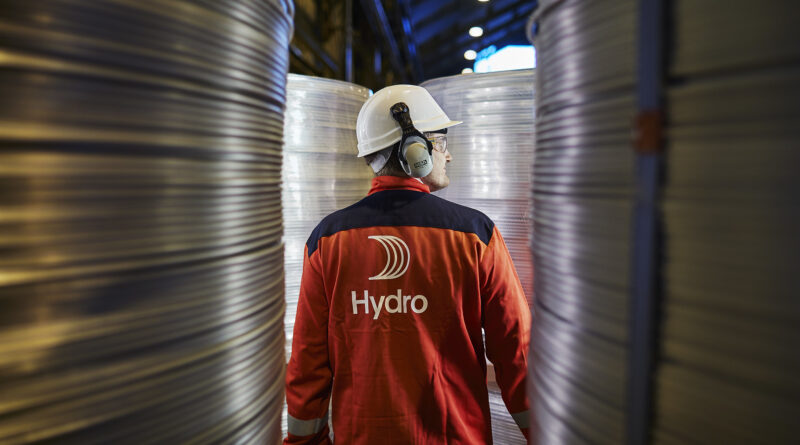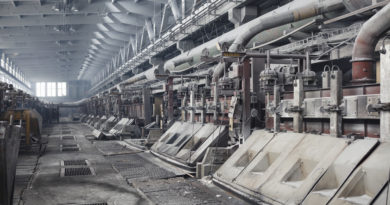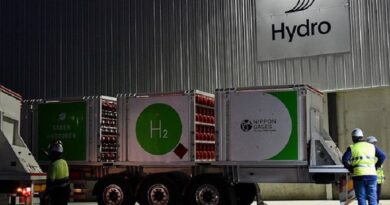HYDRO: The collaborative triangle of aluminium innovation
In Sunndalsøra, Norway, nestled between a crystal blue fjord and two massive mountain ranges, lies Hydro Sunndal, the largest primary aluminium plant in Europe and one of the most modern. Overabundant water flowing down the mountains and the deep-sea fjord have provided the area with great potential for industry to thrive due to the capacity for hydroelectric power and easy access for cargo ships.
In 1913, construction of the power plant to supply the aluminium smelter began, and in 1954, the smelter began production with a capacity of 40,000 tonnes and 474 employees. The town has evolved alongside the plant. Most of the surrounding industry and all who live there are linked to the Hydro plant in one way or another. In fact, the locality is so integrated with Hydro, that more than 90 percent of all the municipal and a considerable amount of private buildings, swimming pools, and sports facilities in the town are heated through pipes carrying thermal energy produced from the smelting process.
The Hydro Aluminium AS Research and Development (R&D) center and Hycast AS, the casthouse technology company, are located just adjacent to the Sunndal primary production. These three branches of Hydro work together and form an interdependent feedback loop of aluminium science, innovation and production. ”The cooperation between these companies is the key to innovation and to bringing good equipment or technology to the market,” said Ola Furu, head of Projects and Sales, Hycast. “In what we call a competence triangle, we have been able to do things that really affect the whole of Hydro.”
Hycast uses a full-scale testing casthouse to test their new technology at the R&D center, which is steps away. Once their innovations are ready, they are installed in the Sunndal primary production area, where Hydro operators first pilot the technology in real time before it enters the external market.




